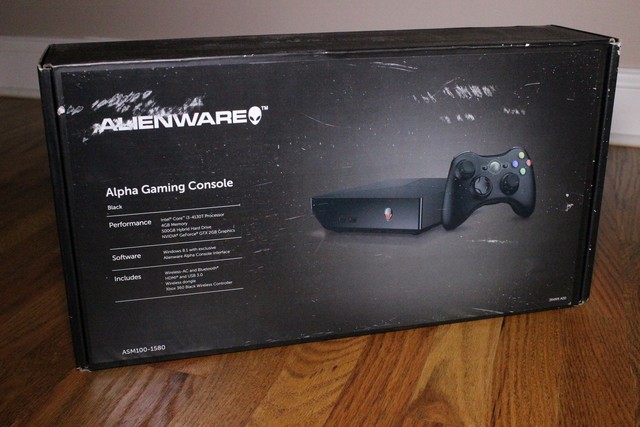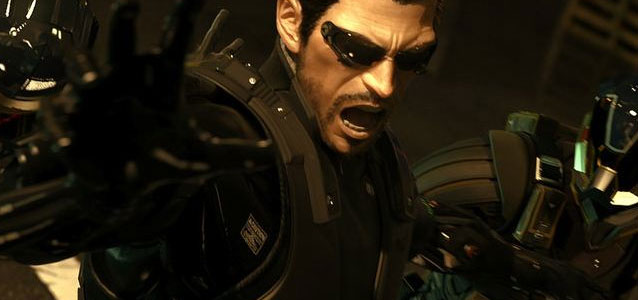

Jump to Content
Zerg gameplay has evolved in StarCraft II, creating a more diverse repertoire for competitive players. At first, Zerg was seen as a reactionary style that scouts a lot and builds units to take out whatever the opponent is coming out with. Then there’s a new school of thought wherein brute force is emphasized, which may seem counterintuitive since Zerg is supposed to be the “physically weak” race, depending more on strength in numbers. However, the latter has been utilized to great effect in professional competition.
This particular strategy was popularized by French Zerg player Ilyes “Stephano” Satouri, a non-Korean who has risen to the top of the pro scene with his revolutionary style. Instead on stressing too much on being precise, he breaks through enemy defenses with blinding speed by figuratively swinging a sledgehammer at the brick wall. If he needs more tools, he comes out with Infestors to render his opponent susceptible to attack.
While he can still play reactionary when needed, it’s this optimized build that has become popular to even lower league players due to its apparent adherence to Occam’s Razor. The 12-minute Max Roach is basically what it says. The player is to make Roaches until he reaches 200 supply, then he goes for an all-in attack. This is especially strong against Protoss, especially since Roaches are very strong against Zealots and Stalkers. Despite its simplicity, it still requires pinpoint timings and larva injects in order to work well.
To gauge whether you are able to macro well enough to reach 200 supply in the ideal 12-minute mark, here are the following benchmarks.
5 Minutes – 28+ Supply, 18+ Drones, 3 Hatch, 2 Queens, 0 Gas, 0 Tumors
6 Minutes – 40+ Supply, 30+ Drones, 3 Hatch, 2 Queens, 2 Gas, 2 Tumors
7 Minutes – 60+ Supply, 40+ Drones, 3 Hatch, 3 Queens, 2 Gas Geysers, 5 Tumors, Roach/Evo Building
8 Minutes – 72 Supply, 60+ Drones, 3 Hatch, 4 Queens, 3 or 4 Gas Geysers, 8+ Tumors, Lair
9 Minutes – 94 Supply, 60+ Drones, 3 Hatch, 4 Queens, 4 Gas, 15+ Tumors, +1 Missile/Zergling Speed
10 Minutes – 126 Supply, 60+ Drones, 4 Hatch, 4 Queens, 20+ Tumors, Roach Speed
11 Minutes – 160 Supply, 60+ Drones, 4 Hatch, 4 Queens, 25+ Tumors, +2 Missile
12 Minutes – 200 Supply, 60+ Drones, 4-5 Hatch, 4-5 Queens, 30+ Tumors, +2 Missile
These benchmarks are merely guides for getting the build down perfectly in practice. Take note that build orders do vary, depending on the map and the opponent. The ultimate goal is to have good enough economy to bring units out en masse once you hit the last two minutes.
You may or may not have a fourth queen. The point of a fourth queen is mostly for creep spread, but you can leave it if you think you’ll be slowed down. However, the map control and additional movement speed that the creep spread provides ensures that you can go beyond your initial all-in if ever it fails.
One of the main issue you must contend with this build is defending during the early game. That’s why you need Zerglings at first, and also why Zergling Speed needs to be researched later on. If ever your first all-in fails, you can still make a load of Zerglings to reinforce whatever is left, especially since your economy would still be good enough for you to re-max.
The way to beat this build is to prevent the expansions in the first place, so look out for Protoss opponents who would know what they’re doing and attack your third after it’s scouted.
This is perhaps one the those builds that lower league players will get to enjoy as it is easy to remember and takes just a bit of practice to pull off. Of course, actual games will not play out like solitaire and different conditions will come up with different maps and opponents. Nonetheless, this is still a good build for any Zerg player’s arsenal. Just remember that it’s not the only one you should play and it can still be beaten.



